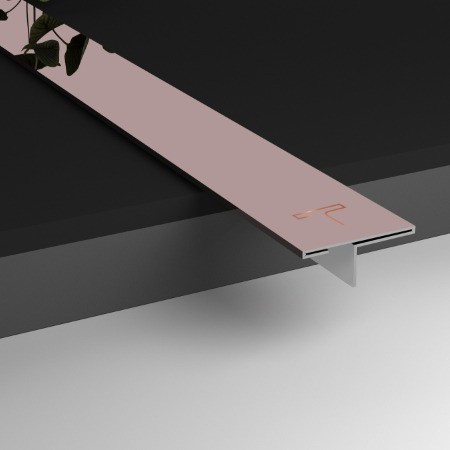how to remove camshaft without removing engine
Removing a camshaft without removing the engine from a vehicle can be a complex and labor-intensive task, and it is not recommended for inexperienced individuals. The camshaft is a critical component of the engine’s valvetrain and is typically located within the engine block, making access difficult. If you are attempting this procedure, it’s essential to have a good understanding of automotive mechanics and the specific procedures for your vehicle. Here is a general overview of the steps involved:
Materials and tools you may need:
- Vehicle service manual for your specific make and model
- Socket and wrench set
- Camshaft holding tool (if required)
- Timing chain or timing belt removal tools (if required)
- Valve spring compressor (if required)
- Camshaft removal and installation tools (if required)
- Gaskets and seals (for reassembly)
- Patience and attention to detail
Steps:
- Consult the Service Manual:
- Obtain a service manual for your specific make and model of vehicle. This manual will provide detailed instructions and specifications for removing the camshaft without removing the engine.
- Disconnect the Battery:
- Disconnect the vehicle’s battery to ensure safety during the procedure.
- Remove the Timing Components:
- If your engine has a timing chain or timing belt, you will likely need to remove them to access the camshaft. Follow the service manual’s instructions to do this, which may involve removing the timing cover, tensioner, and guides.
- Remove the Valve Covers:
- Remove the valve covers to access the camshaft and valvetrain components.
- Release Valve Springs (if necessary):
- Depending on your engine design, you may need to release the valve springs using a valve spring compressor tool. This is required to remove the camshaft without damaging the valves.
- Remove Camshaft Bearings (if necessary):
- Some engines have camshaft bearings that need to be removed before extracting the camshaft. Follow the service manual’s instructions to do this, using specialized tools if required.
- Use Camshaft Holding Tool (if necessary):
- Some engines require a camshaft holding tool to keep the camshaft in place while you remove other components. Refer to the service manual for guidance.
- Carefully Extract the Camshaft:
- Gently extract the camshaft from its position, being extremely careful not to damage any surrounding components or the camshaft itself.
- Inspect and Replace Components:
- Inspect the camshaft and all related components for wear or damage. If necessary, replace any worn parts, including seals and gaskets.
- Reassemble the Engine:
- Reassemble the engine in the reverse order of disassembly, following the service manual’s instructions carefully.
- Set Timing (if necessary):
- If you removed the timing components, set the engine’s timing according to the manufacturer’s specifications. This step is critical to ensure the engine runs correctly.
- Reconnect the Battery:
- Reconnect the vehicle’s battery.
- Start the Engine and Check for Issues:
- Start the engine and listen for any unusual noises. Check for proper operation and ensure there are no leaks.
It’s crucial to note that removing a camshaft without removing the engine is a challenging task and may not be necessary for routine maintenance. If you are not experienced in automotive repair or lack the necessary tools and equipment, it’s advisable to seek the assistance of a qualified mechanic or automotive technician. Additionally, always follow safety precautions and guidelines outlined in the service manual for your specific vehicle.
Also Read:
https://fastspotter.com/how-to-program-dewenwils-timer/
https://fastspotter.com/how-to-program-dodge-ram-garage-door-opener/
https://fastspotter.com/how-to-program-gmc-sierra-garage-door-opener/
https://fastspotter.com/how-to-program-hmi-module/






